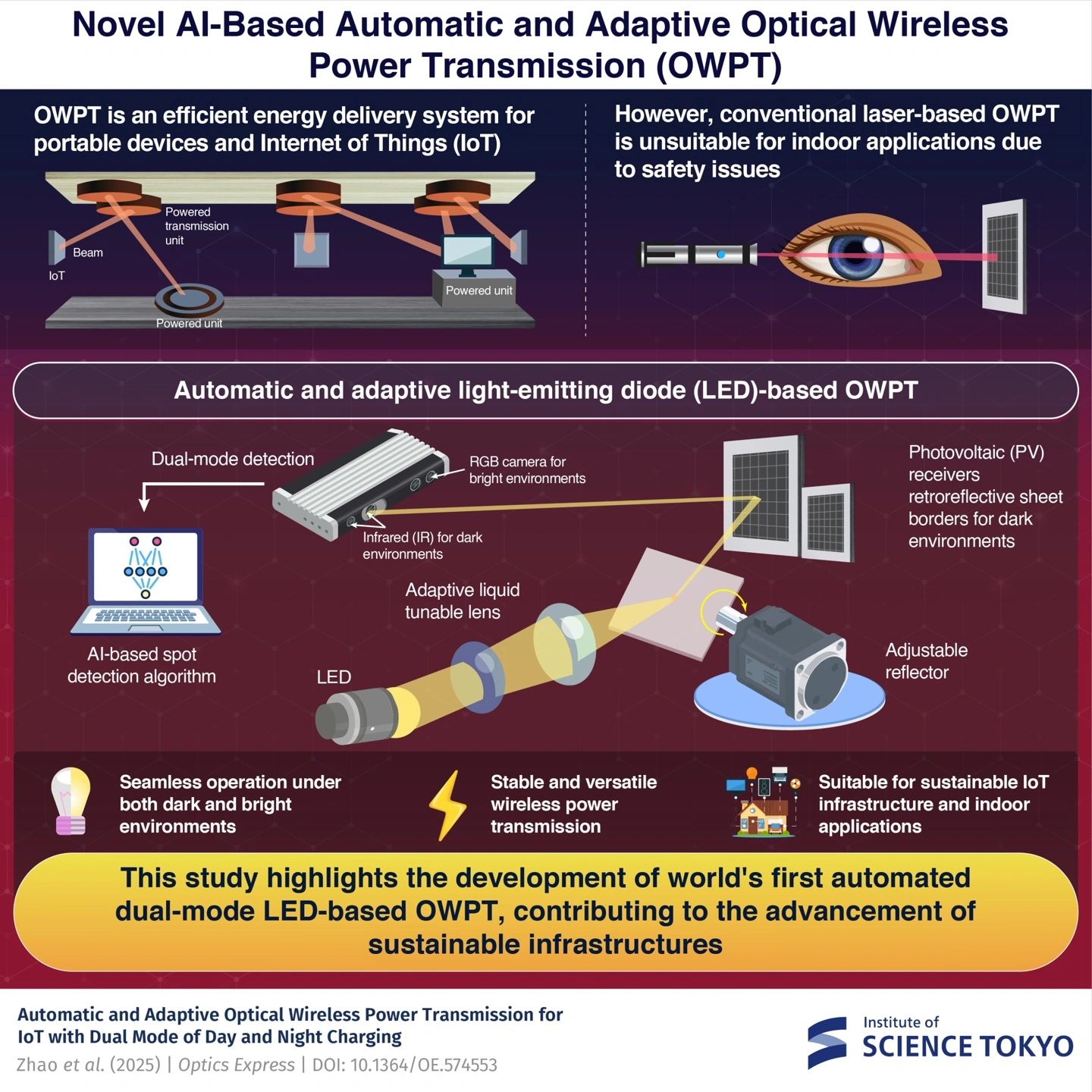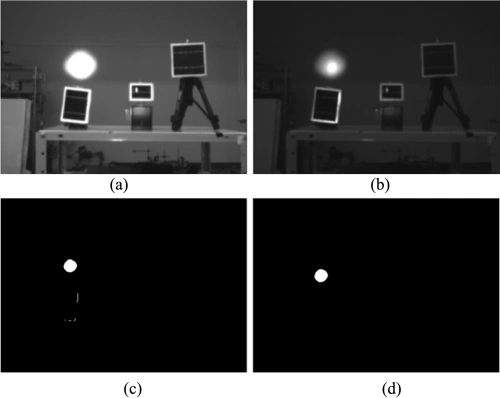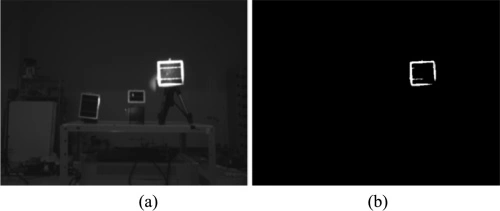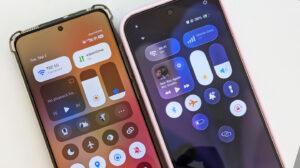The Tokyo Institute of Science has achieved a huge milestone by converting LED light energy into electricity for the first time, thus allowing the true implementation of wireless power delivery at distances of as far as 5 meters. This Optical Wireless Power Transmission breakthrough opens new possibilities in powering indoor IoT devices without batteries or cables and represents a potential revolution for future Xiaomi smart homes, including technologies seen in Xiaomi HyperConnect, Xiaomi Pad devices, and Xiaomi Smart Home products.
What Makes LED-Based Wireless Power a Breakthrough?
This new OWPT technology converts electrical energy into LED light, transmits it, and then reconverts it into electrical power using a photovoltaic receiver. High-power LEDs, unlike laser-based systems, can offer safer and more cost-efficient transmission. This makes them ideal for environments with dense IoT ecosystems, like smart homes, industrial sensors, and smart offices.
The system uses AI image recognition to power multiple devices simultaneously and automatically. This kind of intelligent identification may be incorporated into future Xiaomi product series to serve the purpose of stable wireless power transmission in different home settings.
Adaptive Optics for Stable 5 m Transmission
To circumvent the loss of energy over distances, the research team has developed a dual-mode adaptive optics system. In this system, it utilizes a focusable liquid lens and an imaging lens that automatically adjust beam size according to receiver distance and size. Consequently, this ensures efficiency both in bright and dark indoor environments.
The system ensures precise targeting through its depth camera, reflective film, and stepper-motor-controlled reflector. Due to the infrared reflection of the film, the receiver remains visible even in complete darkness. Preliminary tests demonstrate stable performance at 5 meters and a radiant flux as high as 1.53 W.
How Xiaomi Could Use This Technology
This technology is highly relevant, considering that Xiaomi’s ecosystem is one of the world’s largest IoT platforms. If adopted, here are several product categories in which Xiaomi could introduce wireless LED power delivery:
Possible Applications by Xiaomi
Xiaomi Smart Home Devices: Powering Xiaomi Smart Door Lock, Xiaomi Smart Camera, and Xiaomi Sensor modules without cables. Xiaomi IoT Hubs: Integrating OWPT into the Xiaomi HyperConnect to enable cross-room energy and data sharing flawlessly. Xiaomi Robotics: Next-generation CyberDog and household robots will be able to carry out LED-based continuous charging while operating. Xiaomi Automotive (SU7, future models): Interior sensors, ambient lighting modules and other small components may work without wiring.
Xiaomi Pad & AIoT Devices
Accessories like styluses, mini speakers, or smart desk lamps would get charged only by staying in proximity to an LED transmitter. It also aligns with the commitment of Xiaomi to create a fully wireless smart home environment, prevent battery waste, and develop more energy-efficient living spaces.
Why It Matters for the Future of Smart Homes
This technology’s unique combination of safety, low cost, and precise AI-based targeting could be a major component in developing the next generation of smart ecosystems. For companies like Xiaomi, which are invested deep in smart IoT networks, OWPT could mean homes where sensors, gadgets, and wearables would work without ever needing to be charged manually.


 Emir Bardakçı
Emir Bardakçı








